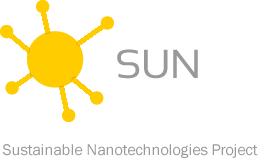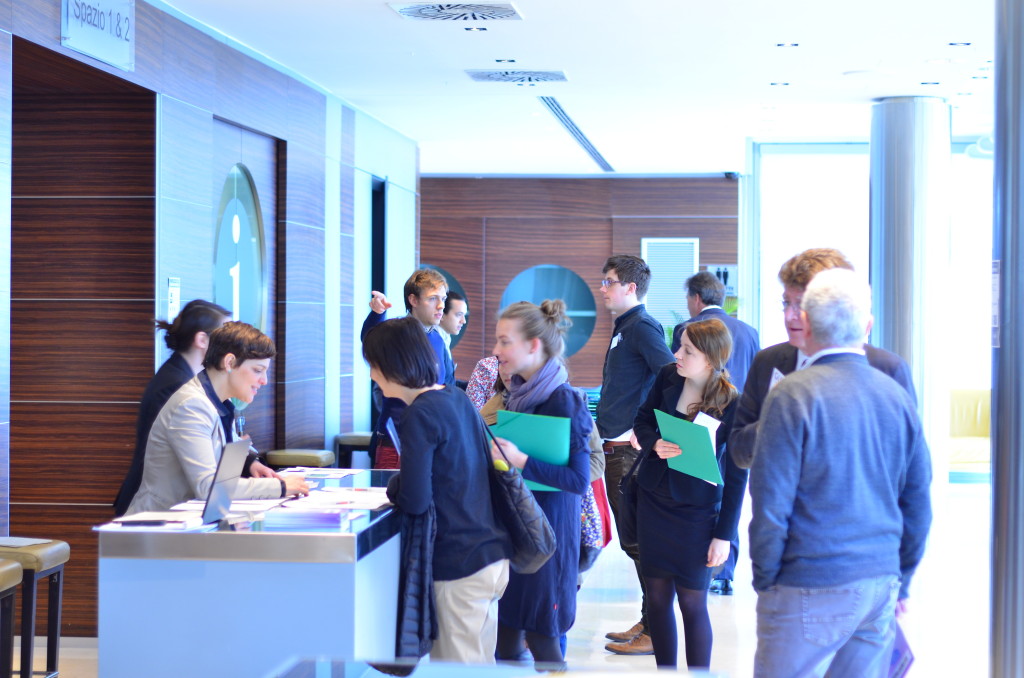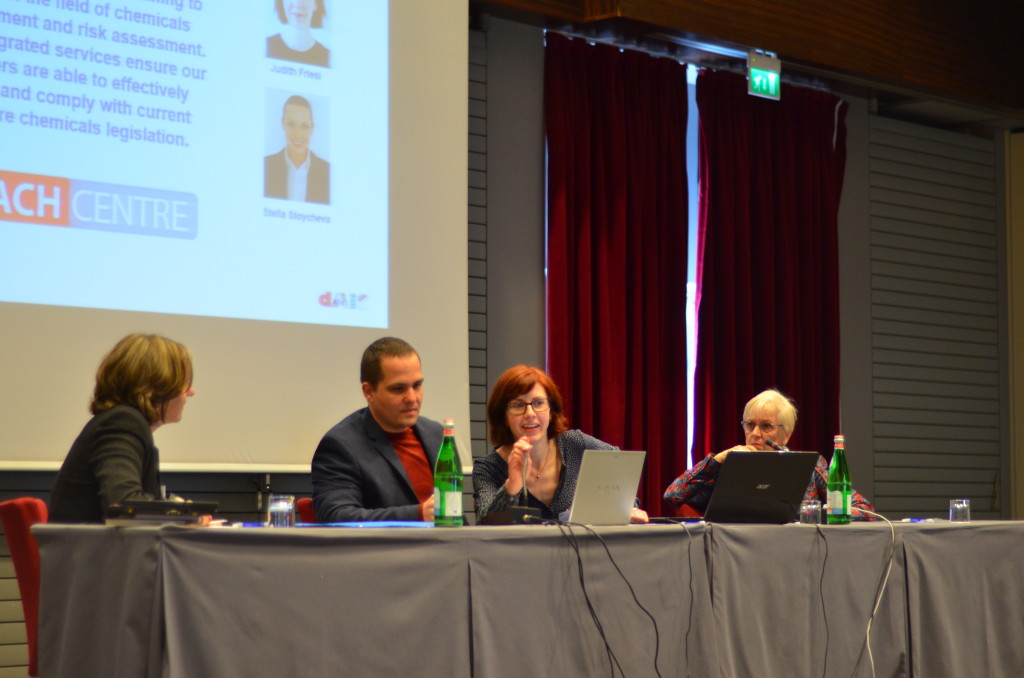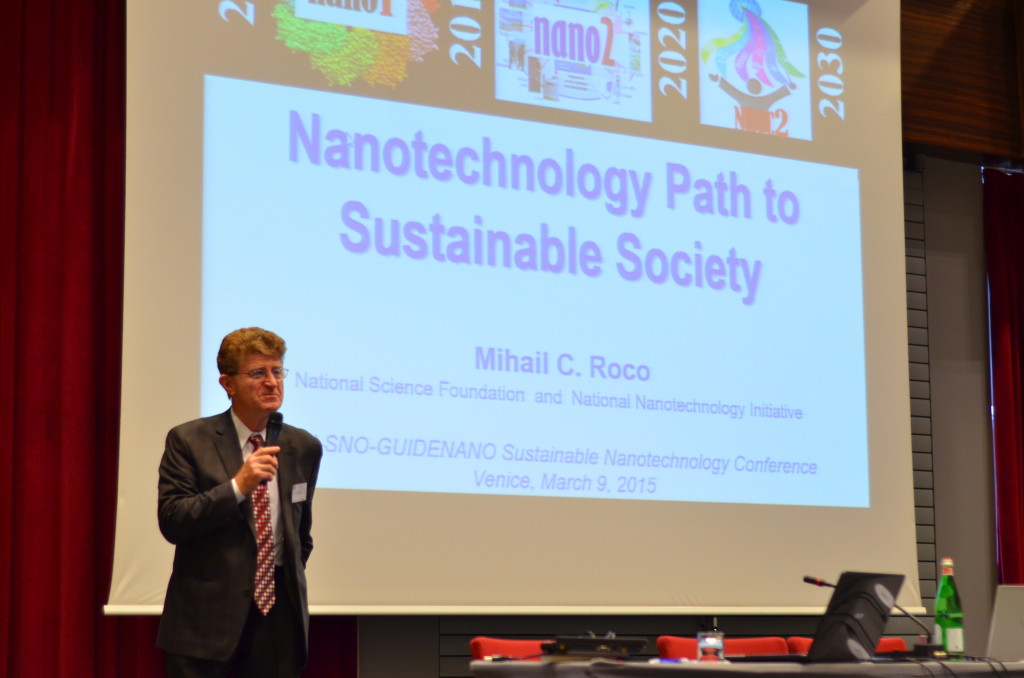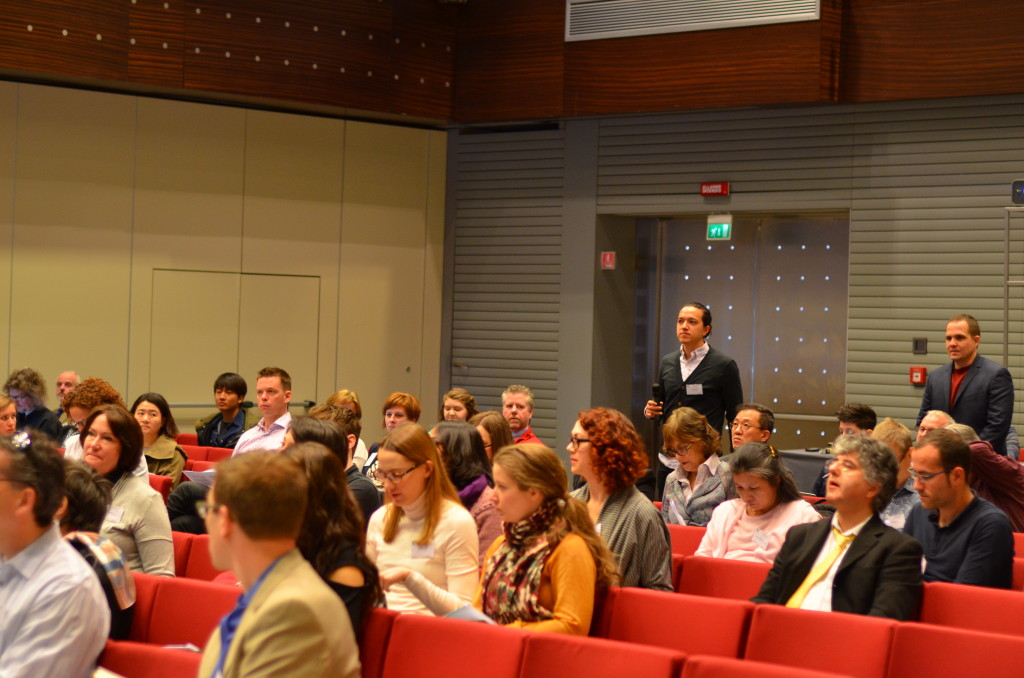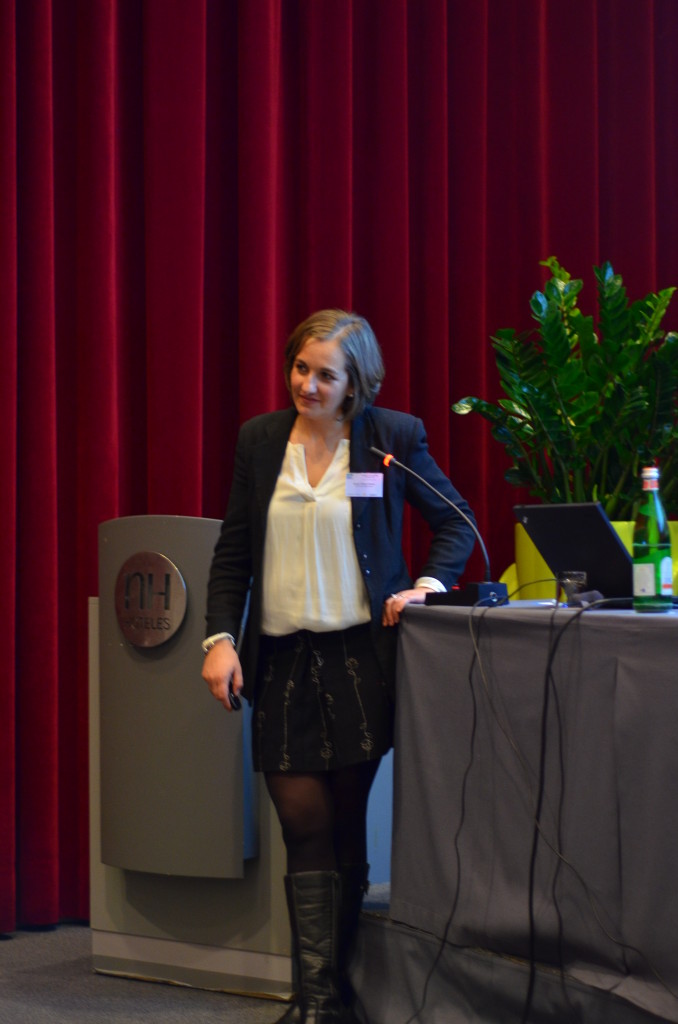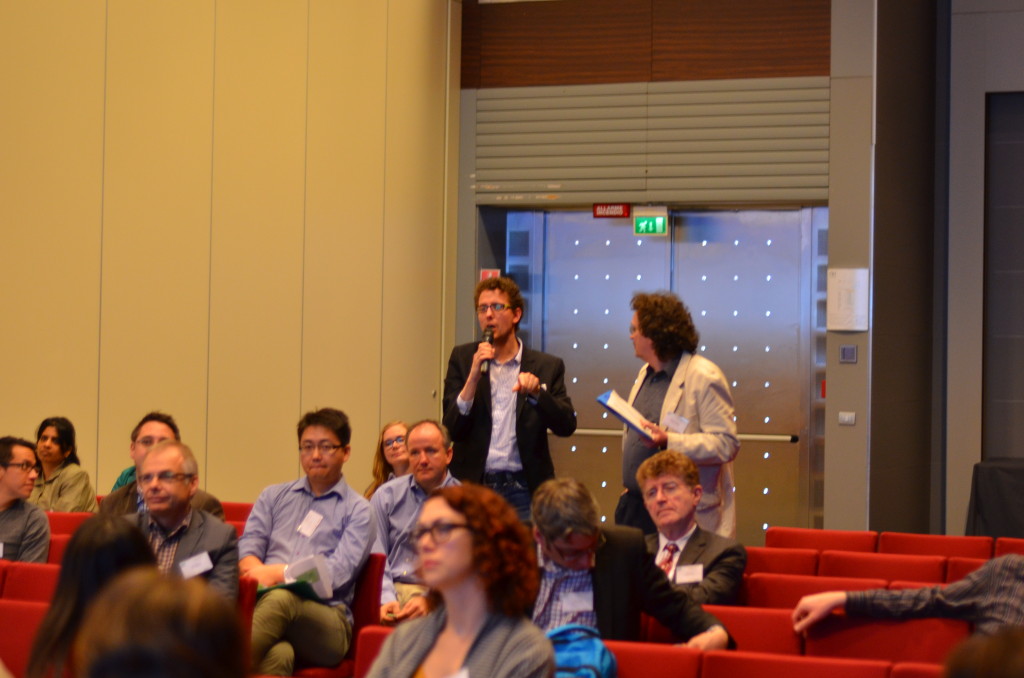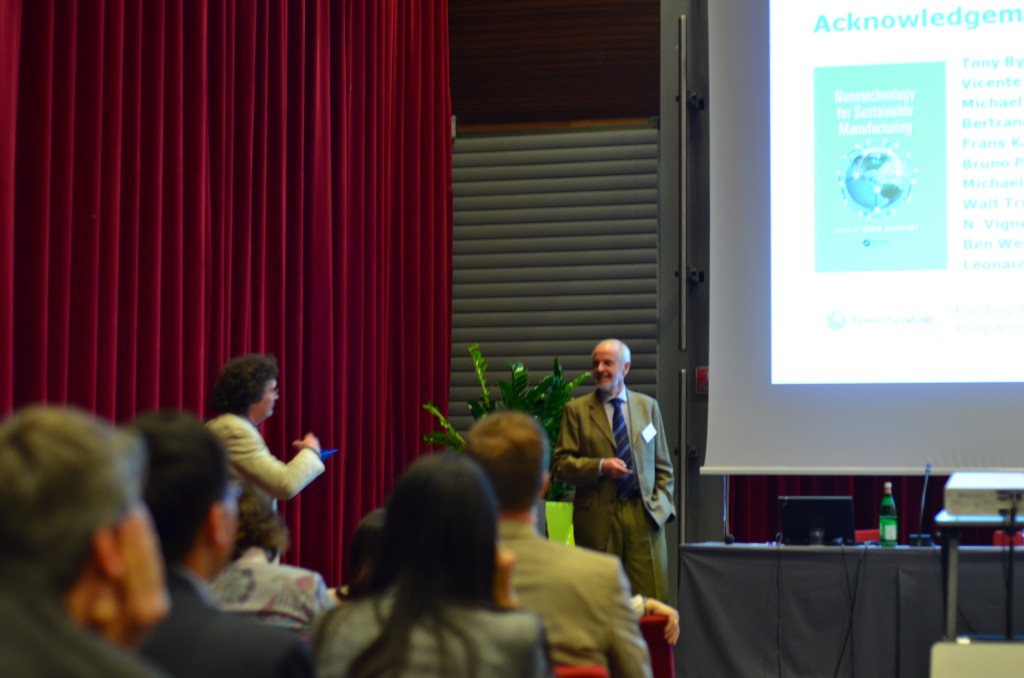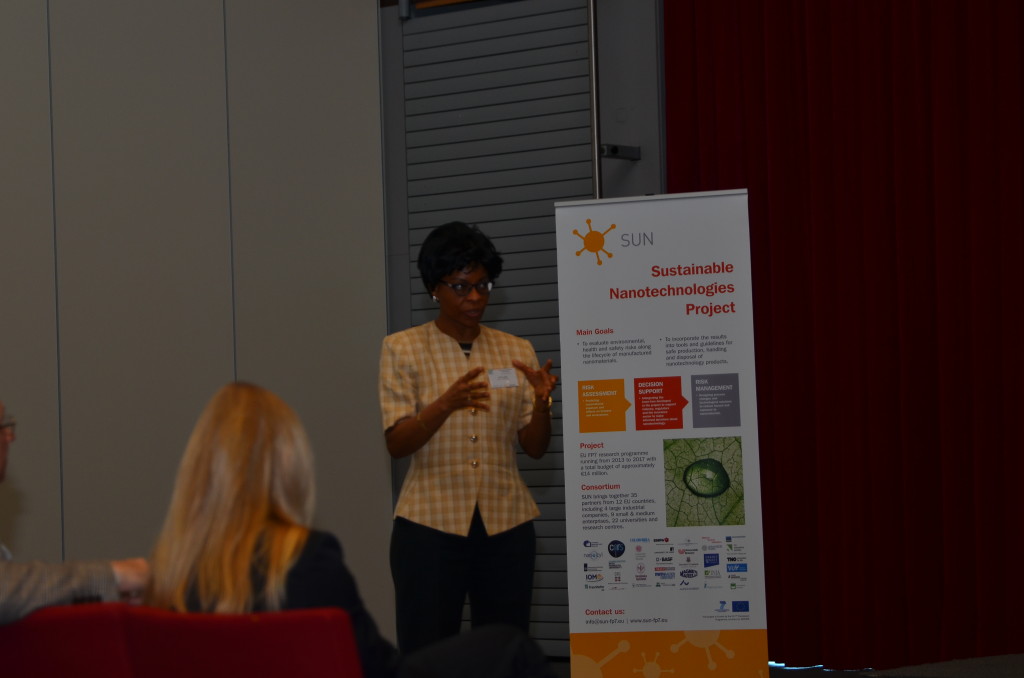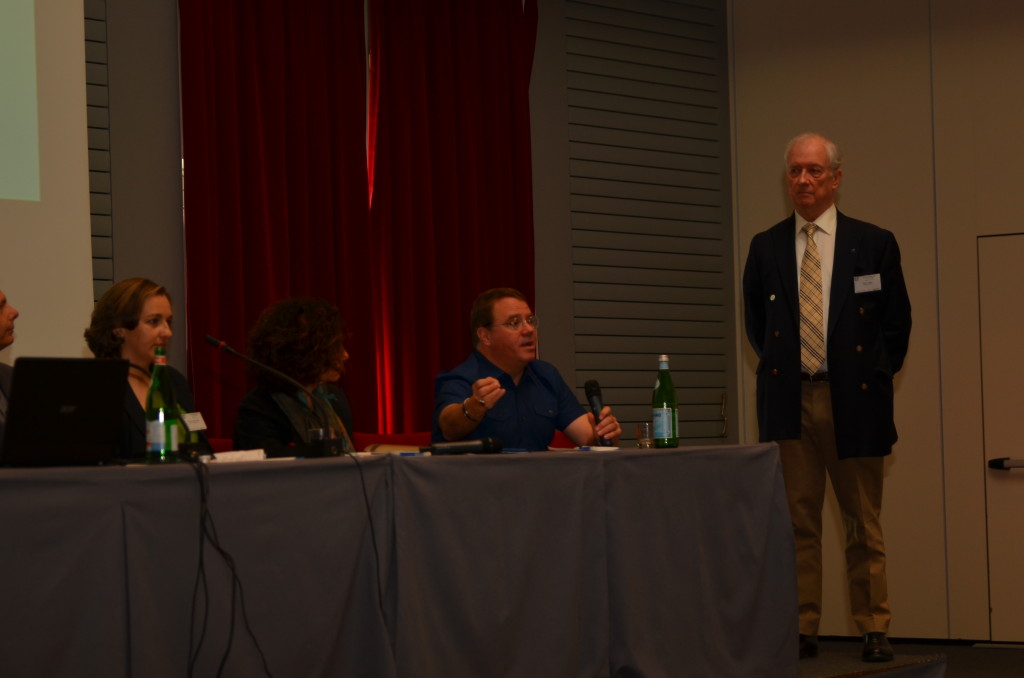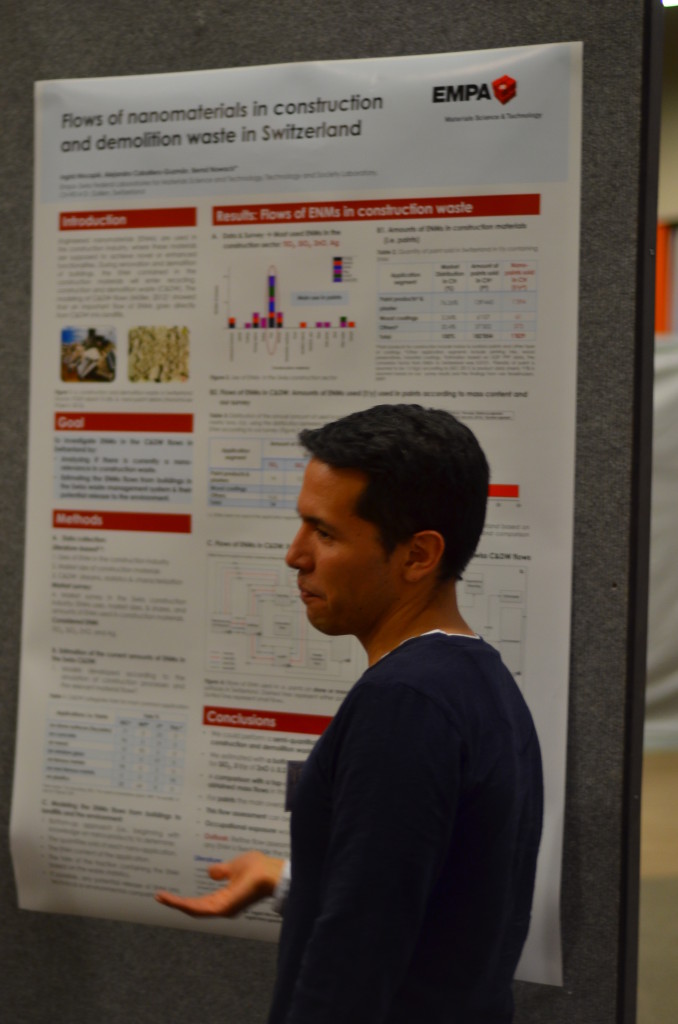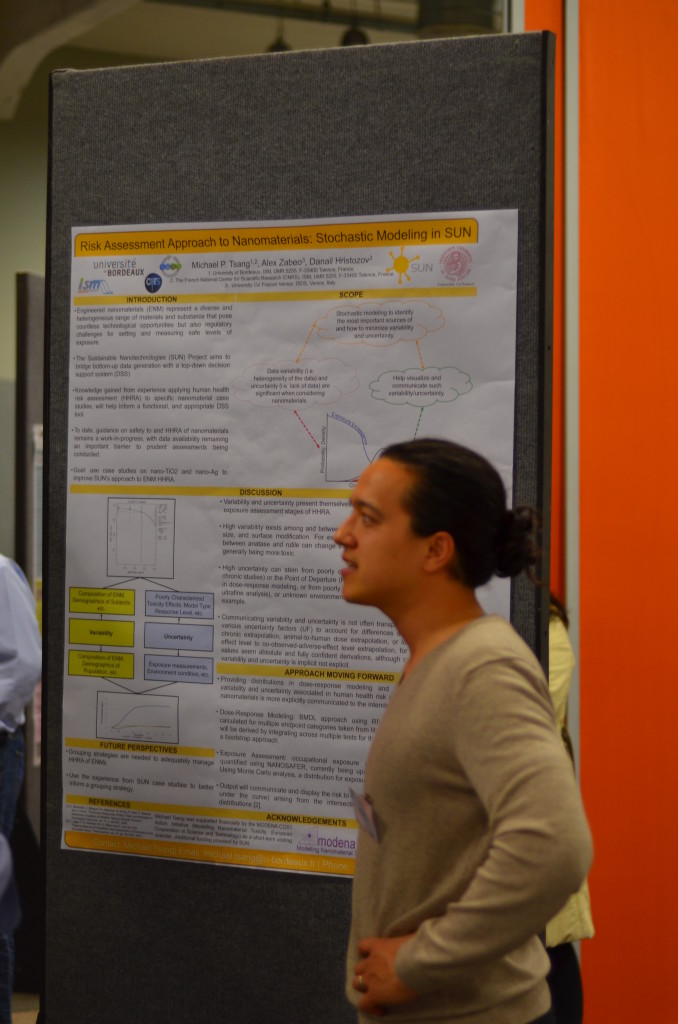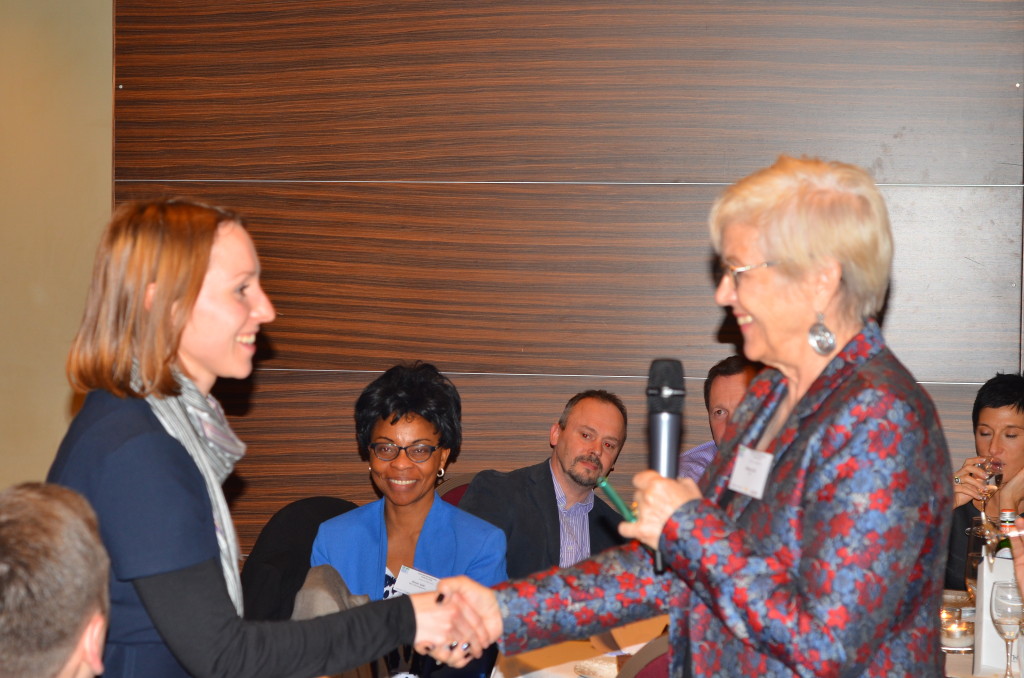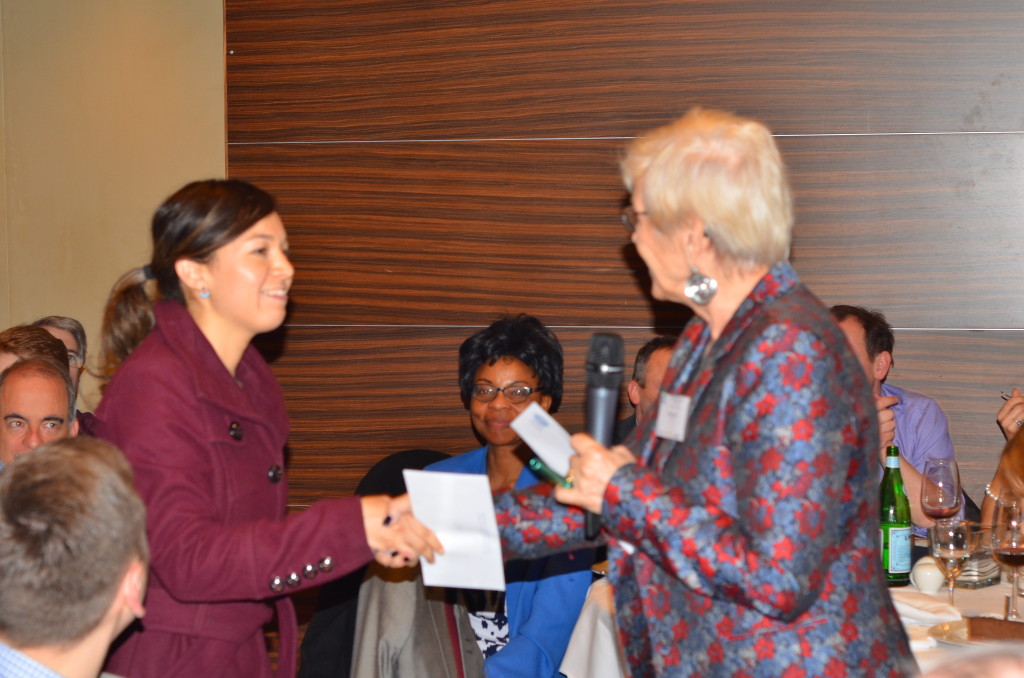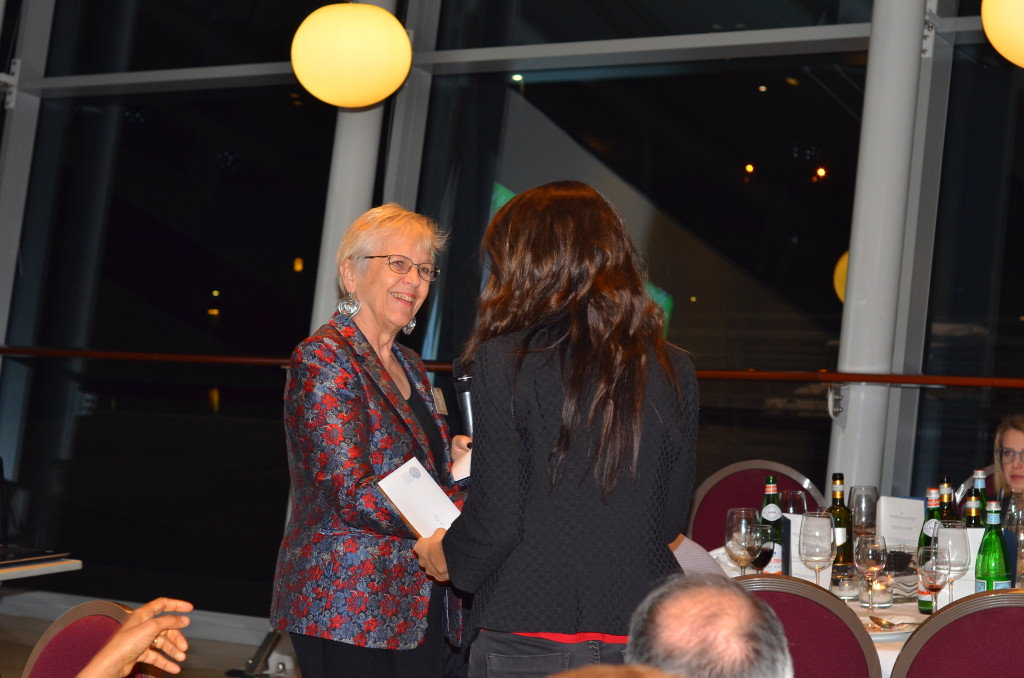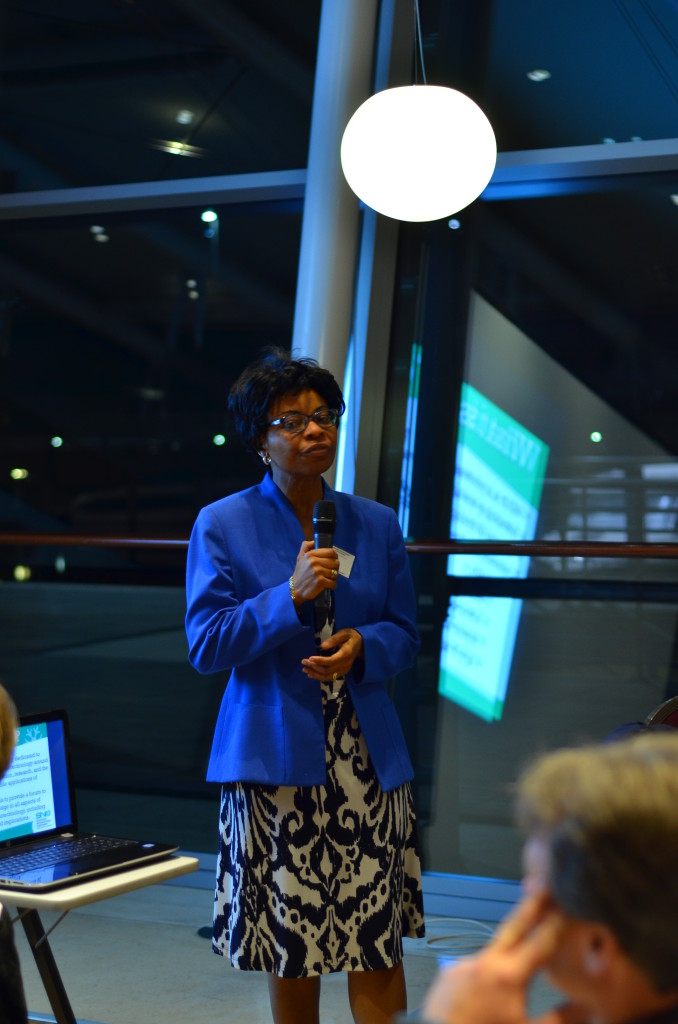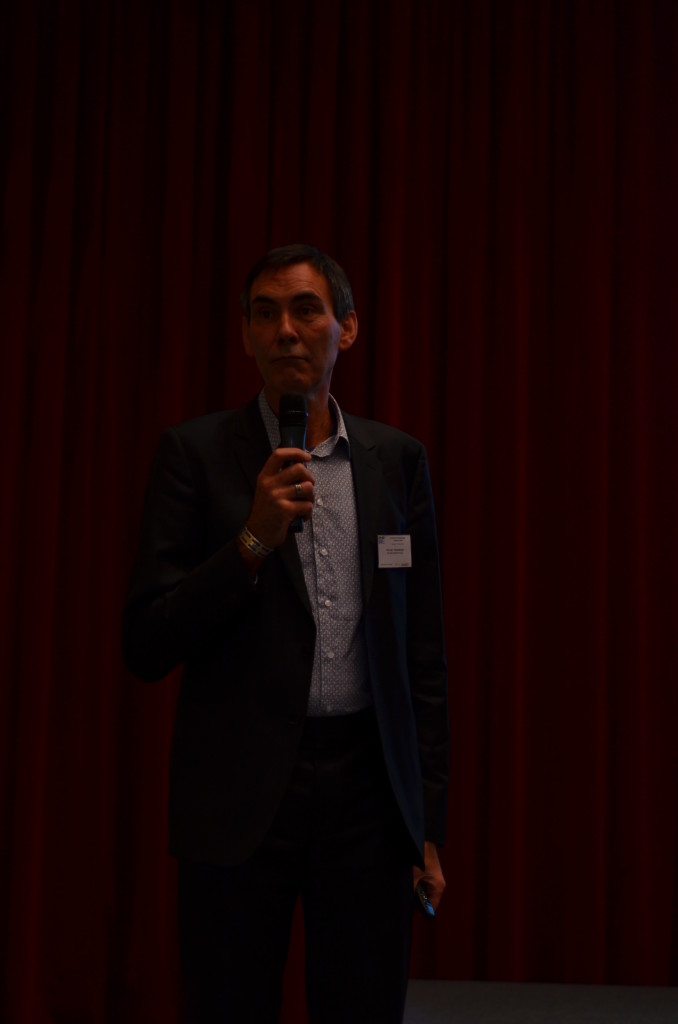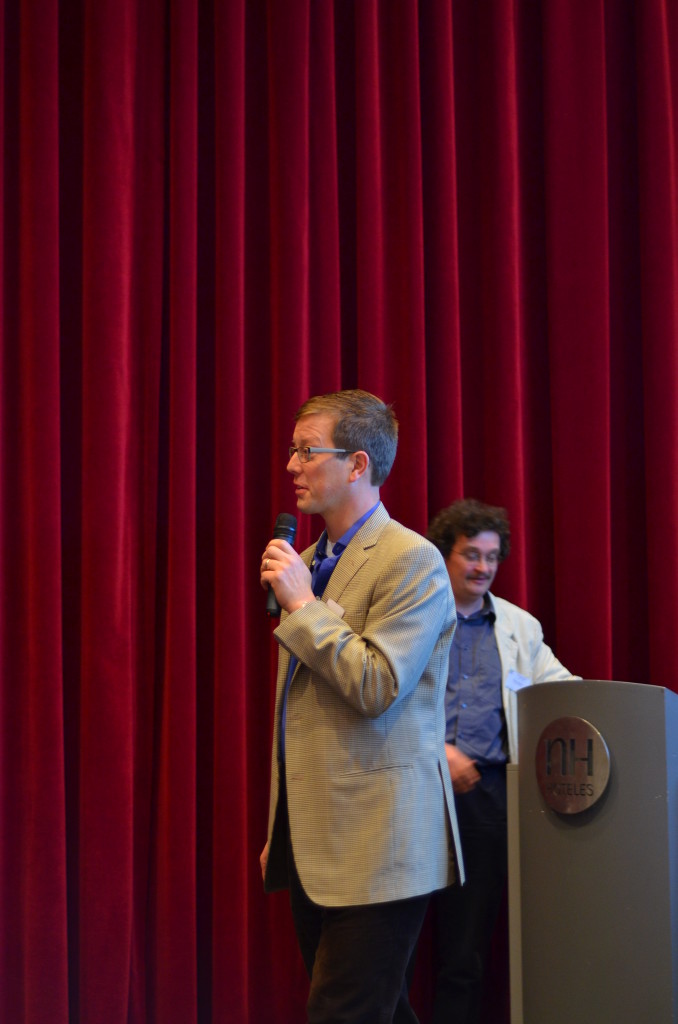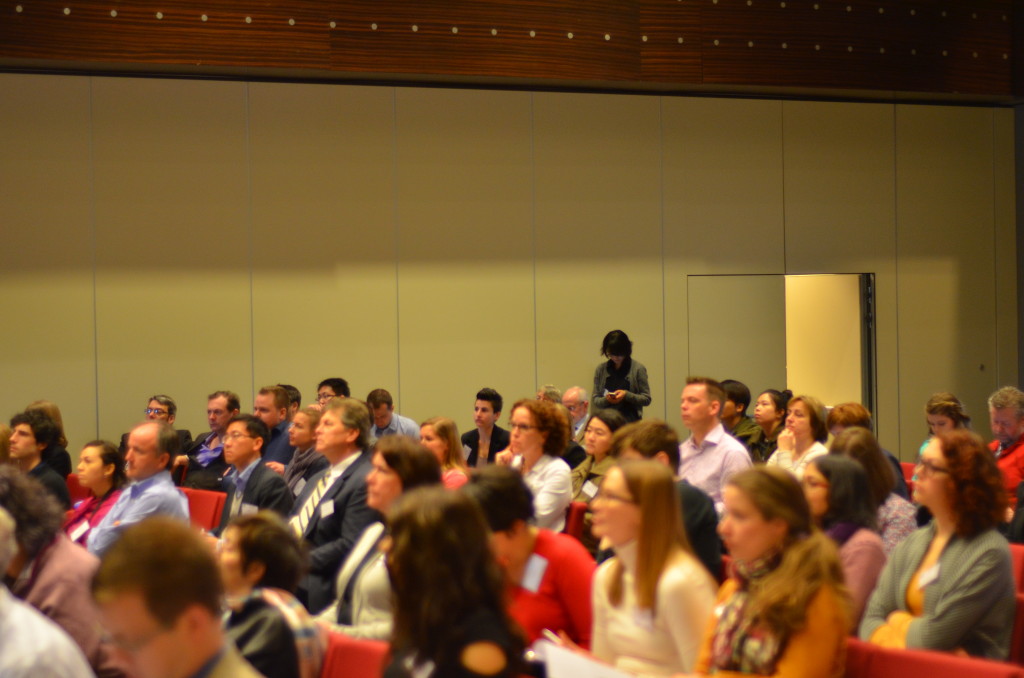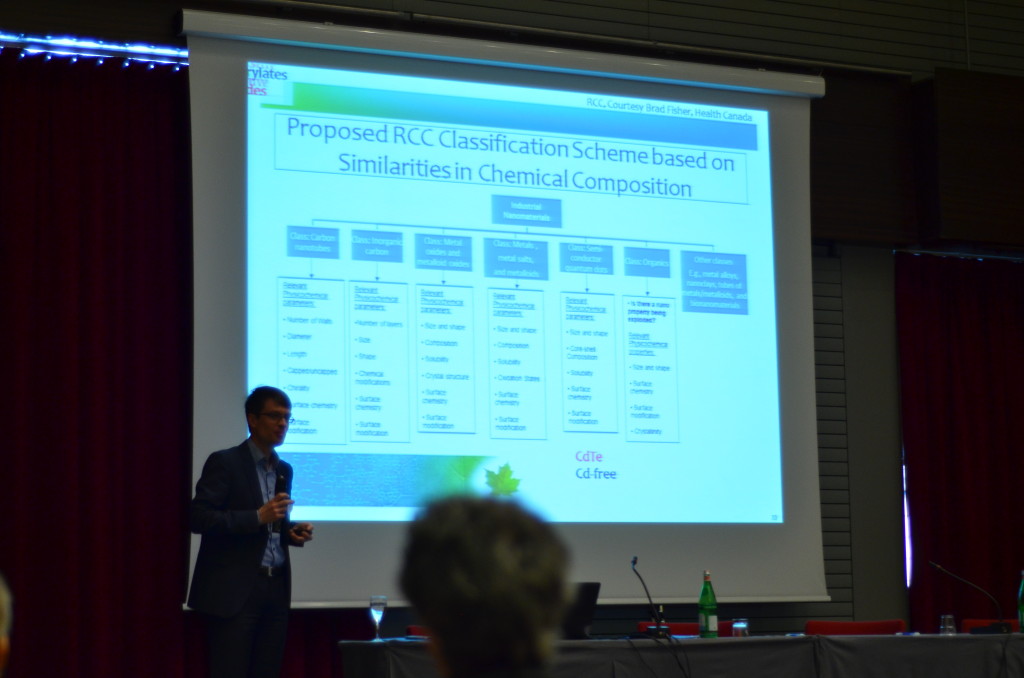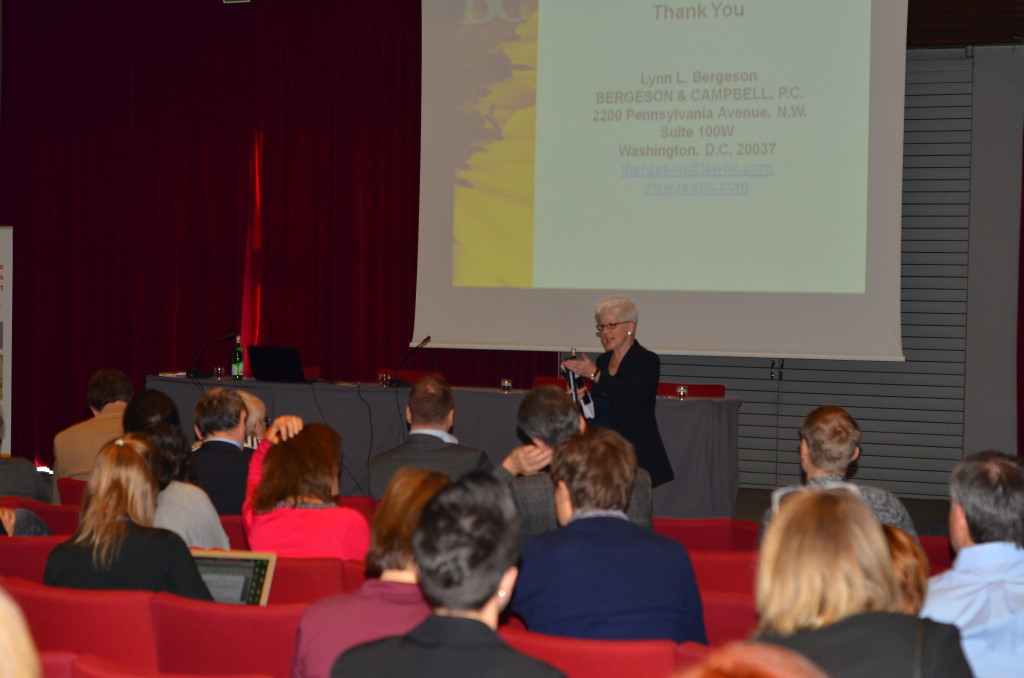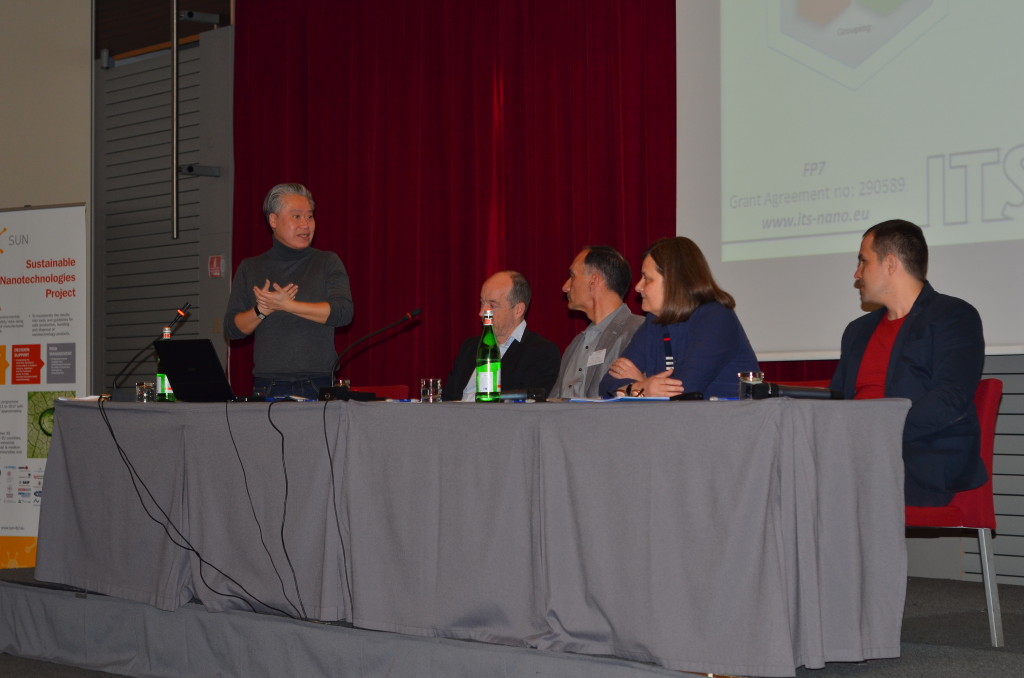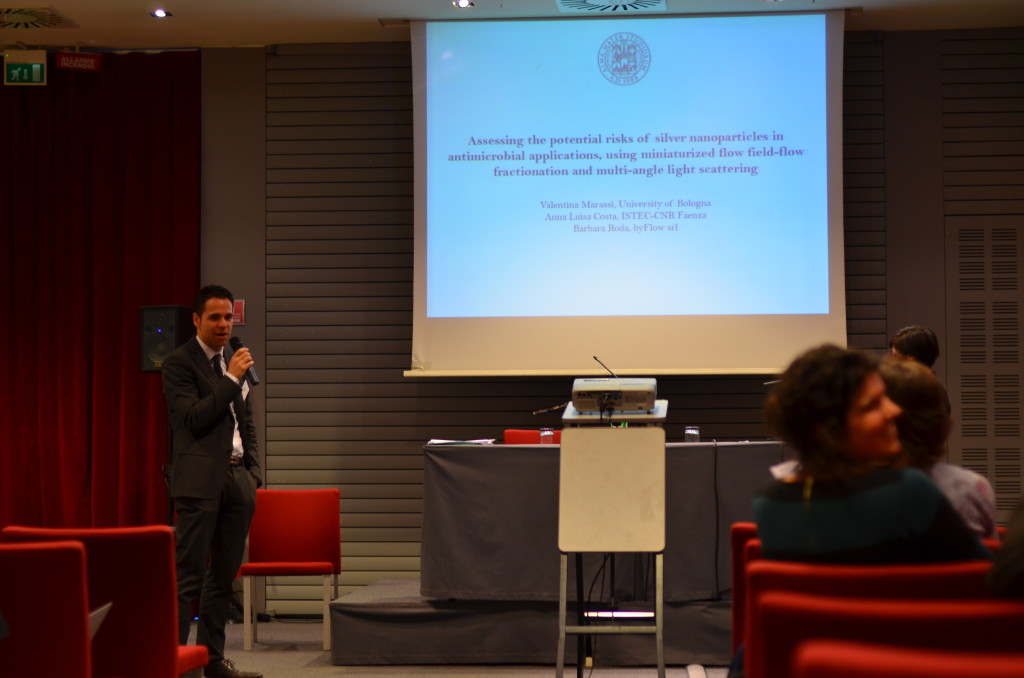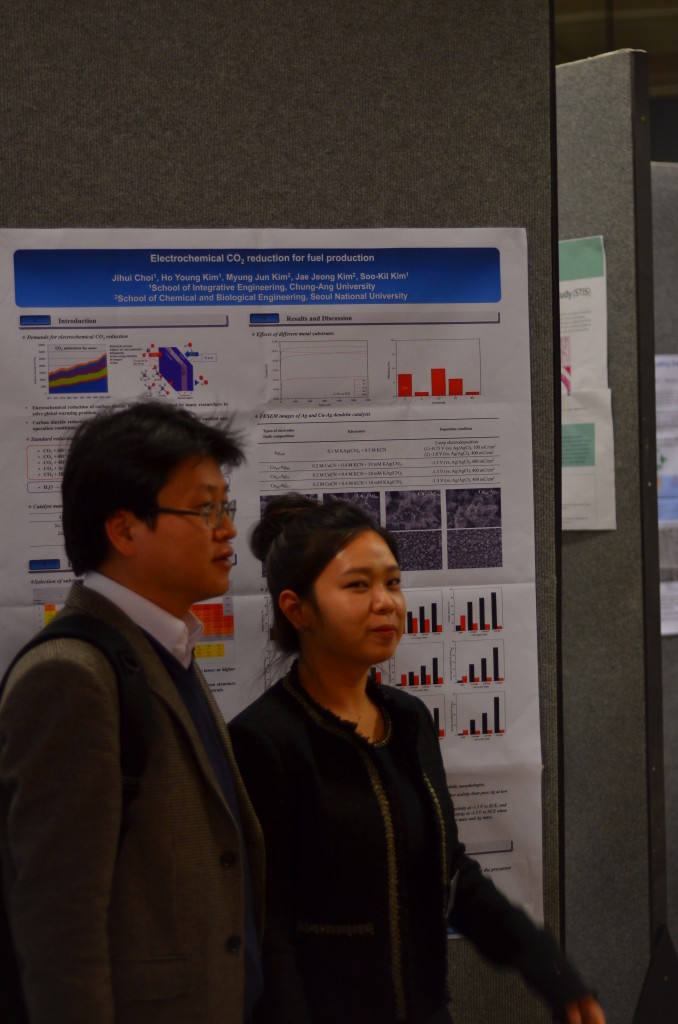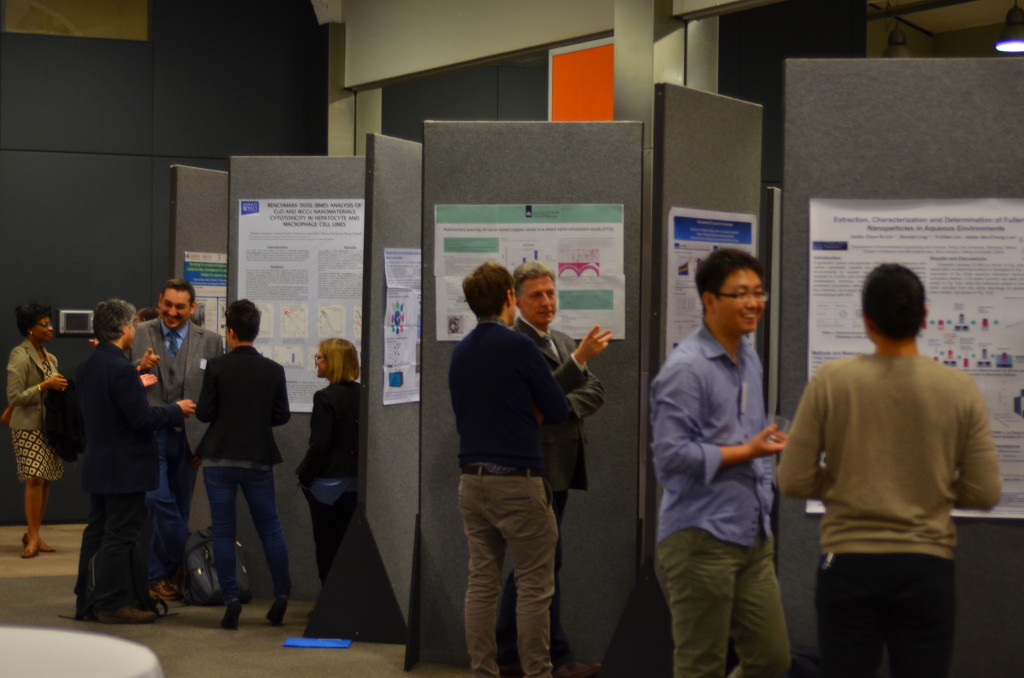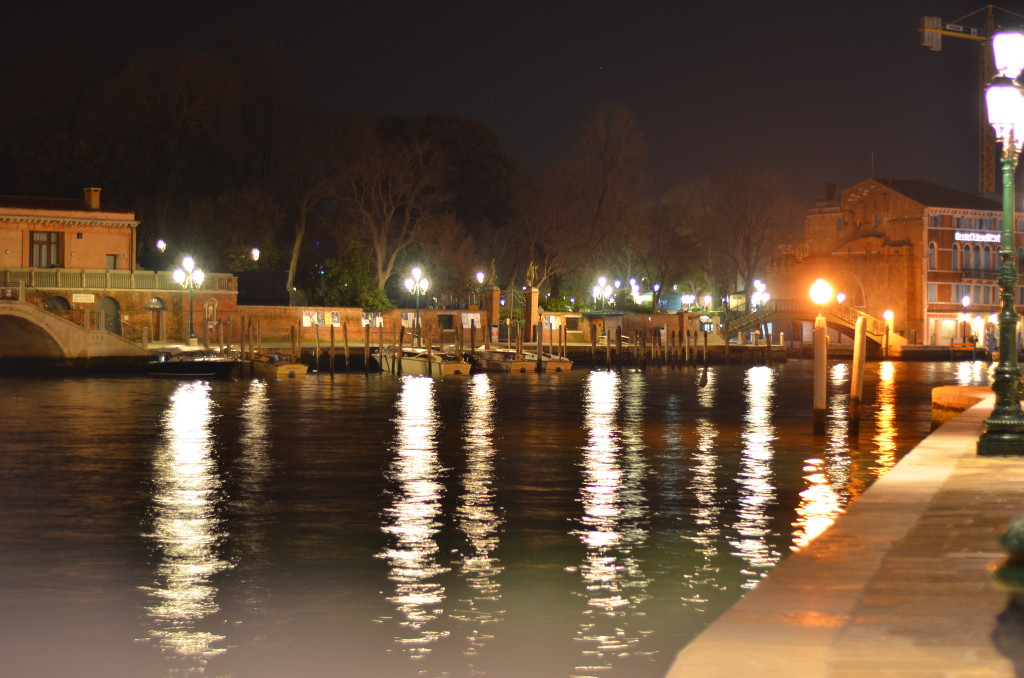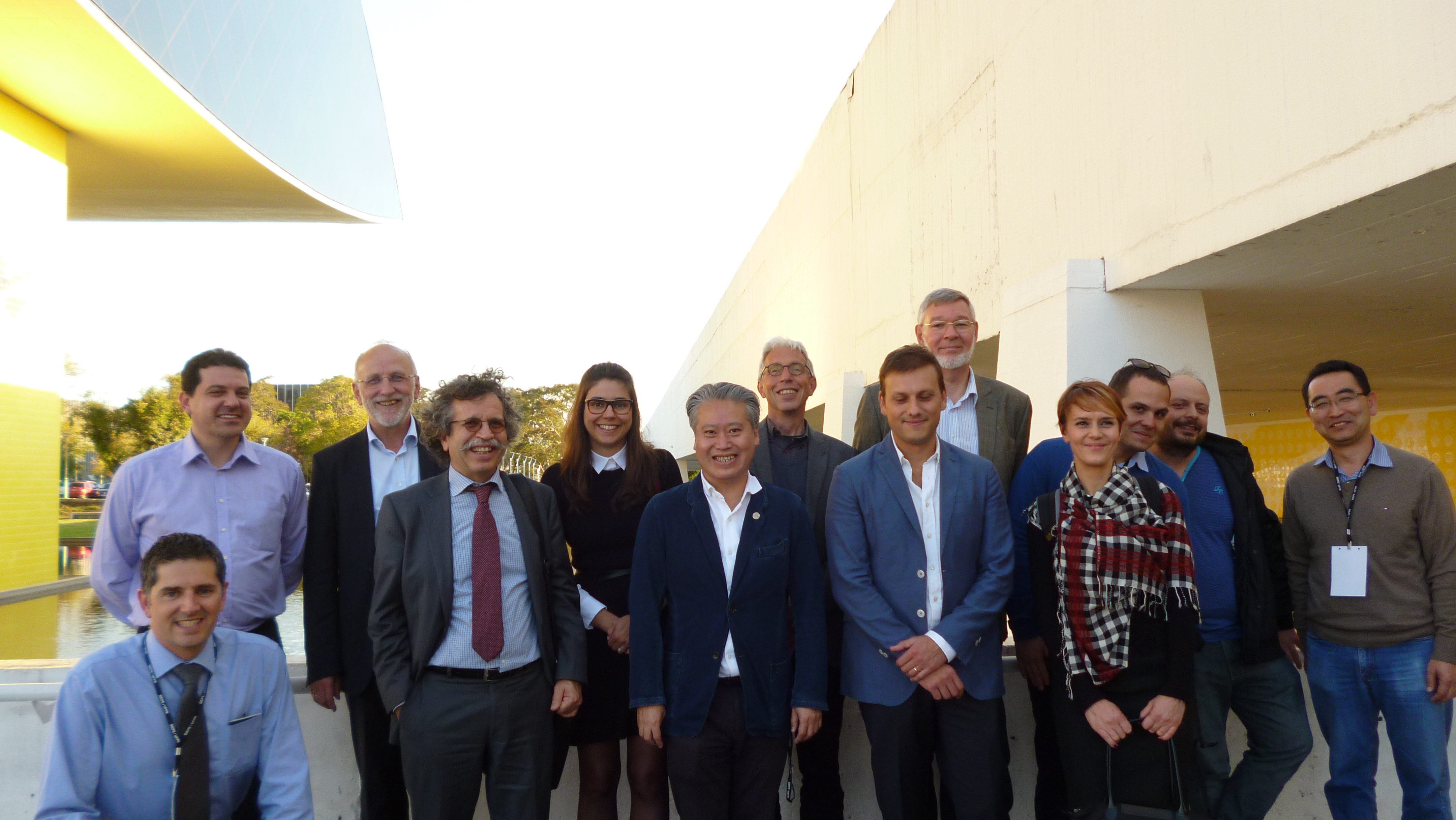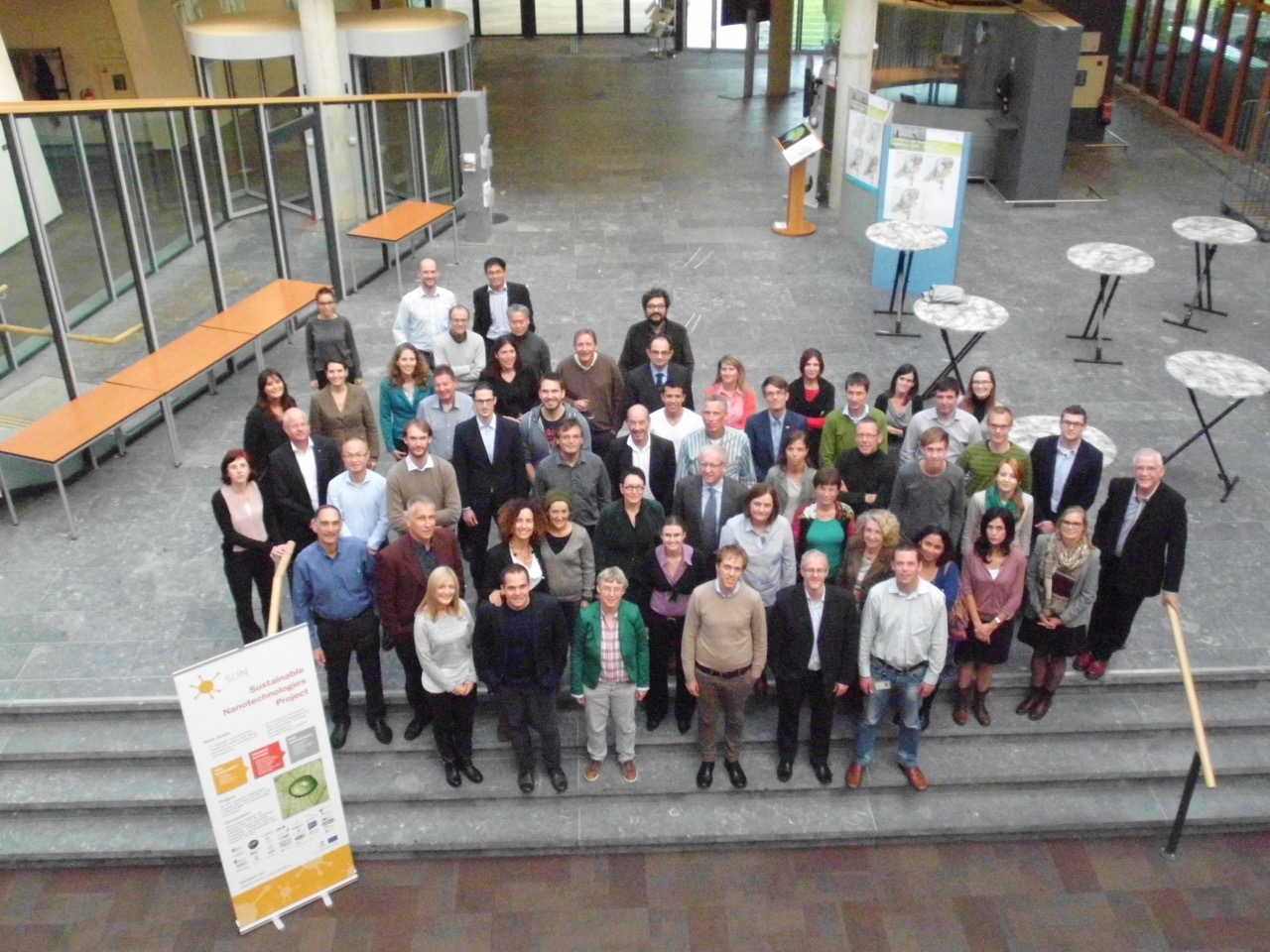The 2nd Annual Meeting of SUN will take place on 7-9 October 2015 in Venice, Italy. SUN project partners will present current results of Theme I, II and III of the project.
Author: Stella Stoycheva
Save the date for the 2nd Sustainable Nanotechnology School
2nd Sustainable Nanotechnology School
A practical approach for understanding the environmental, health and safety implications of manufactured nanomaterials to foster their sustainable applications
A SUN, MODENA COST and ECONANOSORB training school
University Ca’ Foscari Venice (Italy) – campus Via Torino
Sunday 24th – Friday 29th January 2016
School purpose: The achievement of safe nanoproducts requires an understanding of the properties, biological interactions, fate, risks and environmental impacts of manufactured nanomaterials. The 2nd Sustainable Nanotechnology School aims to transfer the state of the art knowledge on these aspects from key experts to the new generation nano environmental, health and safety (EHS) professionals. In order to do so the school will highlight the best available experimental and modeling approaches and practices for physicochemical characterization, (eco)toxicity testing, exposure, risk, and lifecycle assessment of nanotechnologies, taking various stakeholder perspectives and ethical issues into account. The 2nd Sustainable Nanotechnology School will revisit and complement the knowledge transferred during the 1st edition of the school with a strong focus on laboratory and modelling exercises.
Save the date 24th – 29th January 2016 on your calendar!
Expect the first draft of the programme and other updates in July 2015 on the school web page: www.sun-fp7.eu/events/upcoming-events/2nd-nanoschool!
Take a survey on Risk Management of Nanotechnology
What?  A key objective of Sustainable Nanotechnologies (SUN) is to build the SUN Decision Support System (SUNDS) to facilitate safe and sustainable nanomanufacturing and risk management. It will integrate tools for ecological and human health risk assessment, lifecycle assessment, economic assessment and social impact assessment within a sustainability assessment framework. We are currently developing the Technological Alternatives and Risk Management Measures (TARMM) inventory and are looking for companies to fill in a short survey.
A key objective of Sustainable Nanotechnologies (SUN) is to build the SUN Decision Support System (SUNDS) to facilitate safe and sustainable nanomanufacturing and risk management. It will integrate tools for ecological and human health risk assessment, lifecycle assessment, economic assessment and social impact assessment within a sustainability assessment framework. We are currently developing the Technological Alternatives and Risk Management Measures (TARMM) inventory and are looking for companies to fill in a short survey.
Who? We would appreciate responses from personnel of companies involved in nanotechnology-related activities who are familiar with the risk management practices.
Thank you very much for completing the survey. Take the survey now.
Sustainable Nanotechnology Conference gallery
The SUN project hosts successful week of international nanotechnology events in Venice
The SUN project hosted successful week of events on 9 -13 March 2015
The EU FP7 SUN project has successfully hosted a week of high ranking, international nanotechnology events in Venice on 9 – 13 March, 2015.
The week started with the Sustainable Nanotechnology Conference 2015 – A joint EU-US Conference, with over 140 participants coming from all over Europe, United States, Jordan, Russia, Egypt, Nigeria, Turkey, Taiwan, Brazil and South Korea and speakers chosen among the most prominent experts on environmental, health and safety (EHS) implications and sustainable application of nanomaterials. Organised by the major European FP7 projects SUN (Sustainable Nanotechnologies), GUIDEnano and the US Sustainable Nanotechnology Organisation SNO, the conference not only proofed successful international collaboration, but also gave young researchers a chance to learn from the leading experts in the field. The work of three of those young researchers has been financially rewarded by the ‘Nano Pitch’ Best Student Award, sponsored by the Italian instruments distributor Alfatest.
“The Sustainable Nanotechnology Conference 2015 was an excellent forum for nanosafety scientists to meet colleagues from industry and regulatory agencies and to present and discuss their research findings in the broader context of sustainability. The sessions and plenary speeches disseminated excellent scientific results, which will certainly have significant impact on the European objectives for safer and more responsible nanotechnology innovation,“ commented Danail Hristozov, the Principal Investigator of the SUN project, which sponsored the event.
The week continued with the MARINA – NanoMICEX – SUN Knowledge Foundation Workshop on the 11th March 2015, which highlighted the results achieved in the two FP7 projects MARINA and NanoMICEX and discussed how they will be used in SUN in order to create synergies increasing the projects’ impact.
The busy nanotechnology week concluded with the EU-US Communities of Research: Bridging Nano-EHS Research Efforts Workshop, held from 12th to 13th March, which was opened by the host Prof. Antonio Marcomini, the Director of the Department of Environmental 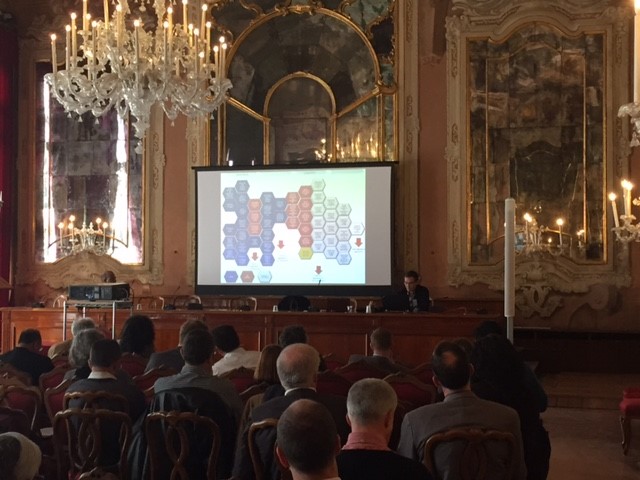 Sciences, Informatics & Statistics of University Ca’ Foscari Venice. Co-organised and supported by the US National Nanotechnology Initiative and the European Commission, this fourth joint workshop promotes and deepens the collaboration on nanotechnology environmental, health, and safety (nanoEHS or nanosafety) research. The workshop brought together the EU-US Communities of Research (CORs), launched by the European Commission and the United States in 2012.
Sciences, Informatics & Statistics of University Ca’ Foscari Venice. Co-organised and supported by the US National Nanotechnology Initiative and the European Commission, this fourth joint workshop promotes and deepens the collaboration on nanotechnology environmental, health, and safety (nanoEHS or nanosafety) research. The workshop brought together the EU-US Communities of Research (CORs), launched by the European Commission and the United States in 2012.
Workshop participants reviewed progress toward COR goals and objectives, shared best practices, and identified areas for cross-COR collaboration.
For further information about the SUN project see: www.sun-fp7.eu
About SUN
SUN – Sustainable Nanotechnologies Project – an EU FP7 project, aiming to develop strategies for safe production, handling and disposal covering the complete lifecycle of nano-enabled products and to include the results into practical guidelines for industries.
Save the date for MARINA NanoMICEX SUN Knowledge Foundation Workshop
SUN is co-organizing the MARINA NanoMICEX SUN Knowledge Foundation Workshop
11 March 2015
Venice, Italy
The aim of the workshop is to highlight the results achieved in the two long-term FP7 projects MARINA and nanoMICEX, which will end in October and March 2015, respectively, with a view to pool and discuss the projects’ outcomes for their application in the SUN project in particular, and their consideration in future research programmes in general.
For more information please visit: http://www.sun-fp7.eu/events/upcoming-events/marina-nanomicex-sun-workshop/
Summary Report on SUN Stakeholder workshop
The report on SUN Stakeholder workshop, held on 21 October, 2014 in Utrecht is now published
A key objective of EU FP7 Sustainable Nanotechnologies (SUN) project is to build a software Decision Support System (DSS) to facilitate safe and sustainable manufacturing and risk management of nanomaterials. The aims of this workshop were to introduce potential users to the state of the art of the development of SUN Decision Support System (SUNDS), and to collect their feedback to improve the design of the tool. Participants included representatives from SMEs and large industry, policy makers, authorities, insurance companies, risk assessors and tool developers.
Plenary discussions with users was facilitated through presentations on the concept of sustainable nanotechnology, the aims of the SUN project, results of stakeholder interviews, and the initial proposal on the framework and methodology of the SUNDS Decision Support System. SUNDS was proposed to comprise of a two-tiered framework with different complexity of tools and data requirements to cater to different types of users and availability of data. Tier 1 comprises of LICARA NanoSCAN, which is a deterministic tool with low data requirements that was developed for Small and Medium Enterprises (SME) by the LICARA FP7 project. Tier 2 comprises of modules based on more specialized tools developed in SUN whose outputs will be integrated using Multi Criteria Decision Analysis (MCDA) to produce a ranking of technological alternatives based on their cost and efficiency. Modules in Tier 2 include Risk and Environmental Impact Assessment module (which in turn includes sub-modules on Ecological Risk Assessment, Human Health Risk Assessment and Environmental Impact Assessment), Economic Assessment Module and Benefits Assessment module.
The workshop resulted in some practical design recommendations for the SUNDS tool discussed above that will be incorporated in the next step of the project. It is also recommended to coordinate the development of the SUN and GUIDEnano tools to develop a three tiered approach. The first (LICARA) tier could address the needs of SMEs, the second GUIDEnano tier could be used in a regulatory context of Manufactured Nanomaterials risk prioritization and identification of testing needs and the third would be the most data demanding SUNDS tier 2.
You can download the report here.
SUN took part in the EU Nanosafety Cluster delegation to Brazil
First year project results
Successful first year for the SUN Project
In their two day annual meeting, held in Utrecht, The Netherlands, from 22-24 October 2014, 35 partners from 12 EU countries presented their exciting results of the first 12 months of the SUN – Sustainable Nanotechnologies Project. 
SUN is a three and a half year EU project, running from 2013 to 2017, with a budget of about €14 million. Its main goal is to evaluate the risks along the supply chain of engineered nanomaterials and incorporate the results into tools and guidelines for sustainable manufacturing.
As a result of the work of the first 12 months, the project consortium has highlighted nanoscale Copper Oxide (CuO) as one of the case studies to evaluate nano-EHS risks. Nanoscale CuO is commonly used in antimicrobial wood coatings. It was decided that CuO will be evaluated as additive in a high-gloss acrylic wood coating, where the anticipated antimicrobial activity of CuO would provide an additional functionality for the coating.
In a first stage, several other case studies – simulating all stages of the life cycle – have been conducted to determine the release of nanoparticles from different product matrices (e.g. Silica from food, TiO2 from self-cleaning coatings for ceramic tiles, carbon nanotubes from anti-fouling coatings and lightweight, conductive plastics) and to artificially age them by subjecting them to luminosity, weathering, leaching, incineration, and/or immersion.
These nanomaterials have been used to test their physic-chemical characteristics, hazard, exposure, risk and environmental impact and to compare the results to their pristine counterparts. Some environmental studies involved in vivo microbial communities, whole organisms (soil, sediment and water invertebrates) and in vitro tests with cells. In order to estimate human health risks, inhalation and ingestion in vivo experiments were performed. The first in vitro screening results showed relatively low toxicity of most nanomaterials, but some results point to cytotoxicity and pro-inflammatory responses. At the same time, project partners have developed practices, methods and tools to facilitate safe production, handling and disposal of nanomaterials. First results show, that considering the properties of a nanomaterials and its uses and exposure, it might be possible to rethink its engineering in order to process a safer product. For example: if the toxicity of a particular nanomaterial comes from its small size, “enlarging” would reduce its toxicity. Surface engineering modification applied to CuO will provide a first strong input for the development of new risk management guidelines.
The knowledge and tools produced will be integrated into the SUN Decision Support System, a software for industry and regulators to estimate the risks from nanomaterials and to evaluate the technical and cost effectiveness of the available technologies and practices in risk prevention and control. Development on the tool has started; the SUN Decision Support System will be launched in 2017.
SUN is funded by the EU 7th Framework Programme, contract no. 604305.
